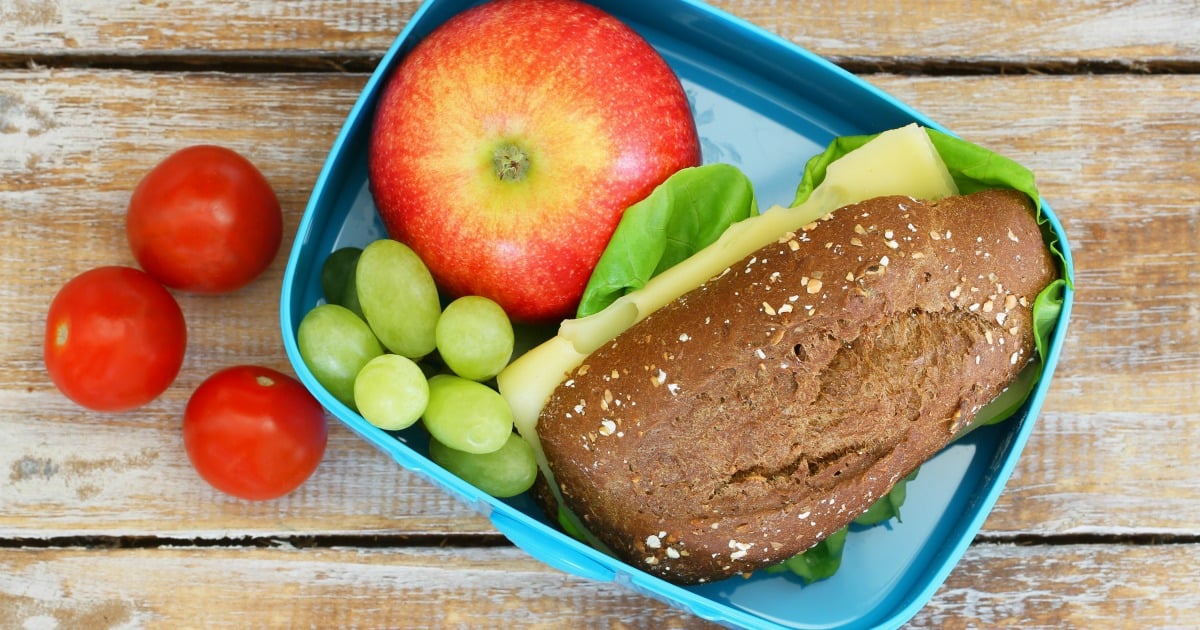With a return to school imminent, many parents are literally counting down the hours until life becomes relatively sane again, well, at least between the hours of 9-3pm anyway. With a new school year also comes the annual school lunchbox recommendations, in which committed, organised mums are thought to spend hours preparing marinated chicken drumsticks, mini frittatas and muffins for their brood in the hope that their lunchbox ticks all nutritional standards.
One of the biggest, yet less frequently mentioned issues with kid’s lunchboxes is that the bulk of the foods commonly included are high carbohydrate in nature. The average lunchbox filled with fruit, snacks, muesli bars, plain white bread sandwiches and fruit juice is more than 60% carbohydrate.
Now while growing, active kids do need plenty of energy, energy in the form of processed, high sugar carbs such as fruit snacks, juices, snack bars and biscuits are digested quickly, result in a high release of the hormone insulin and leaves kids prone to overeating and weight gain long term. A second less is the effect that these foods have on teeth – with sticky fruit twists, snack bars with icing and confectionery and juices exposing the teeth to sugars which increase the risk of tooth decay.
A nutritionally balanced lunchbox can be divided into four core sections: a wholegrain sandwich or wrap for energy; a protein based snack for key nutrients and fullness, fruit and more importantly vegetables for fibre and vitamins and a snack food that has some nutritional benefit.






























































































